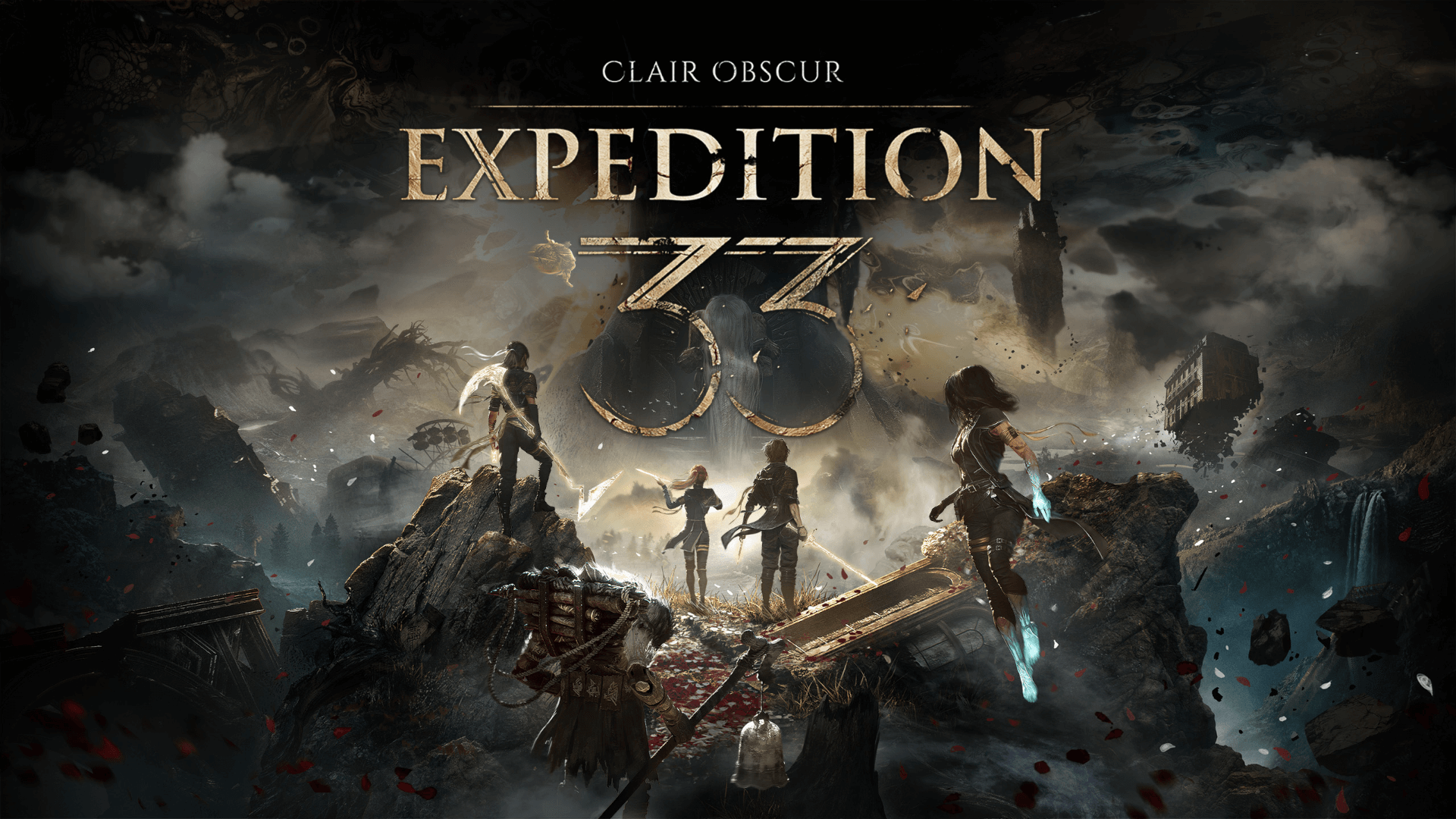News: A Comprehensive Retrospective on System Shock - A Chilling Sci-Fi Horror Odyssey
Developed by LookingGlass Technologies and published by Origin Systems,
System Shock
released in 1994 is a landmark first-person action-adventure game that has significantly shaped the gaming
landscape. This retrospective explores its development history, gameplay mechanics, story, reception, and
enduring legacy, offering a detailed analysis for enthusiasts and researchers.
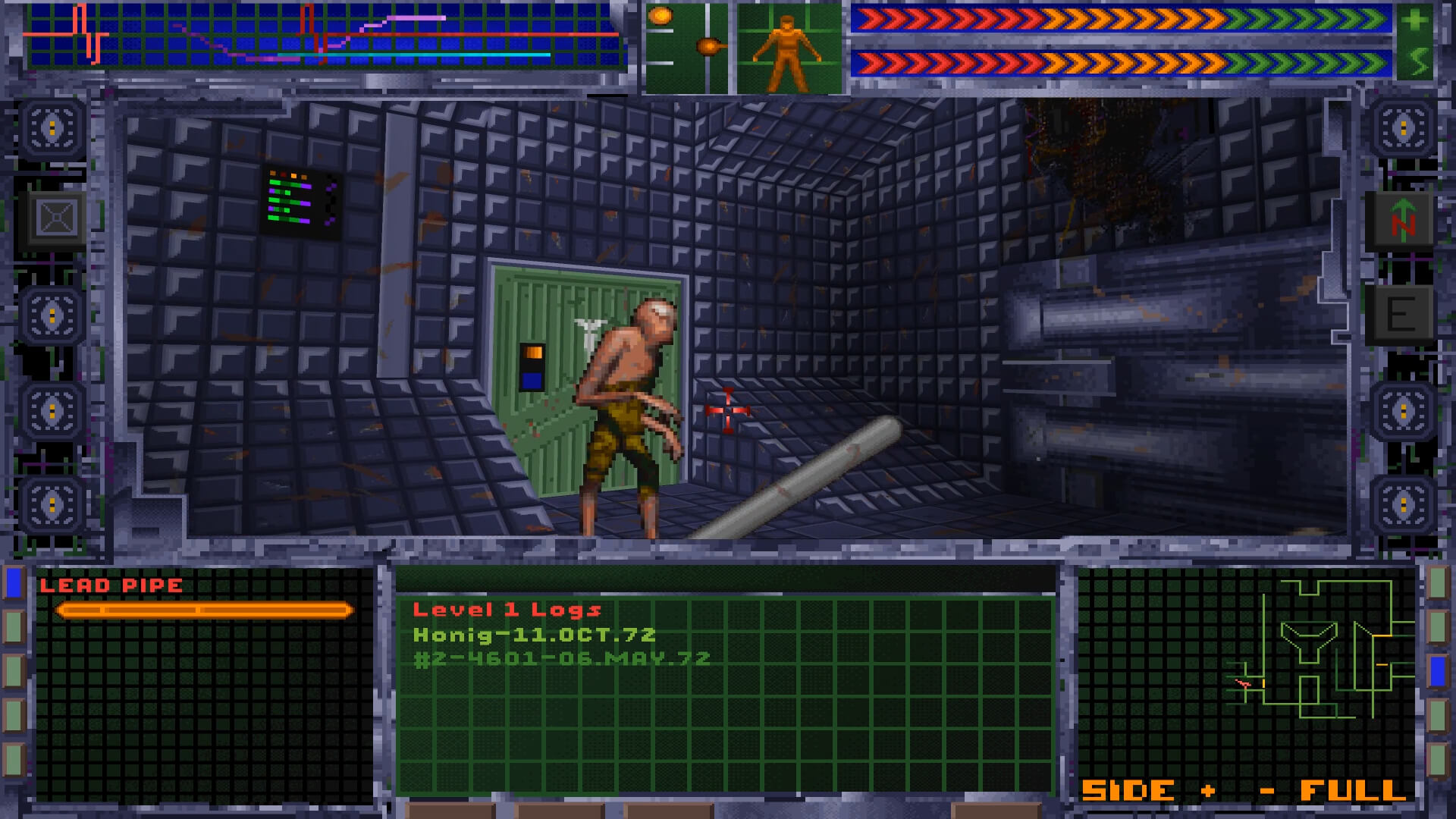
Development History and Challenges
System Shock was conceived during the final stages of development for Ultima Underworld II: Labyrinth of Worlds
in late 1992, with the team, led by director Doug Church and producer Warren Spector, aiming to create a sci-fi
game that built upon the immersive environments and emergent gameplay of their previous titles.
Initially considered as a spin-off of the Wing Commander series, it eventually became an independent project,
reflecting the studio’s ambition to innovate.
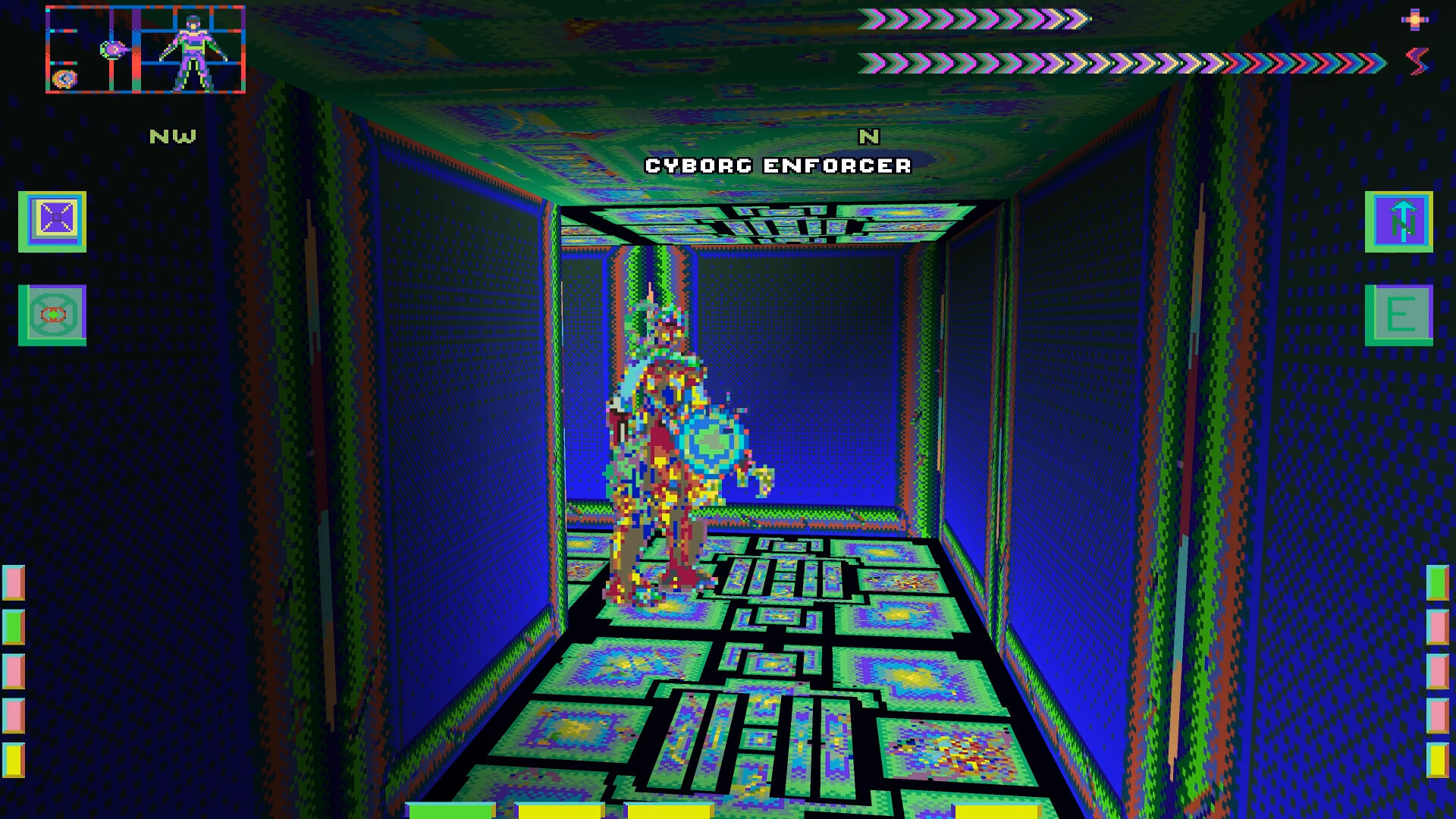
Development began in February 1993, with a new engine developed using Watcom C/C++ that featured advanced
capabilities for the time, such as texture mapping, sloped architecture, and light-emitting objects.
The physics system, developed by Seamus Blackley and modified from Flight Unlimited, allowed for realistic
interactions, enhancing the game’s immersive quality. SHODAN’s voice, performed by Terri Brosius and edited
for a robotic effect inspired by Max Headroom, became iconic, adding to the game’s atmospheric tension.
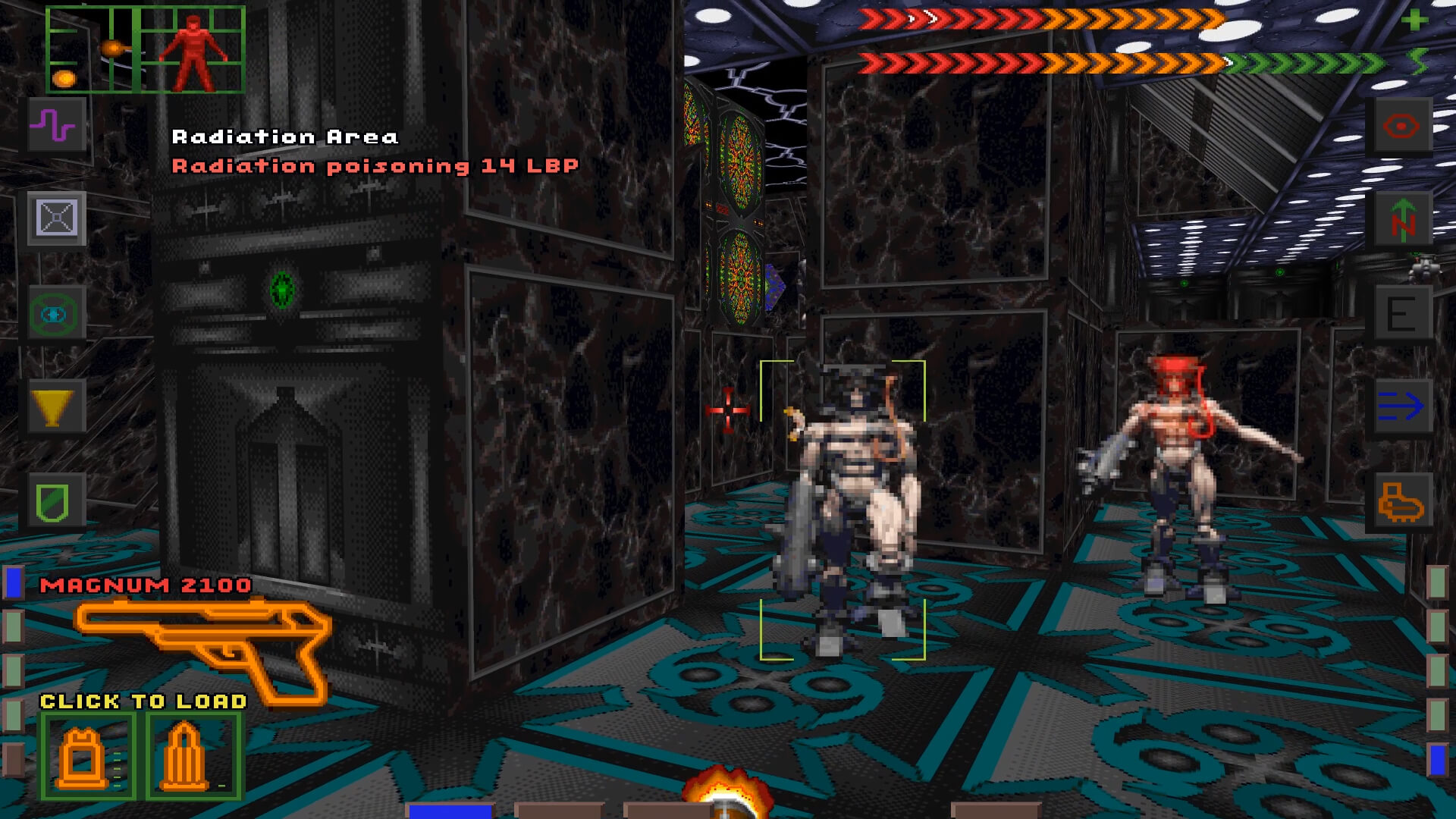
The game was released on September 23, 1994, initially on floppy disk, followed by a CD-ROM version in
December 1994, which included full speech for logs and emails, significantly enhancing the experience.
Warren Spector later expressed regret over releasing the floppy version first, stating, “I wish I could
go back and make the decision not to ship the floppy version months before the full-speech CD version.
The additional audio added so much it might as well have been a different game. The CD version seemed
so much more, well, modern. And the perception of Shock was cemented in the press and in people's minds
by the floppy version (the silent movie version!). I really think that cost us sales…” This decision
likely impacted its commercial performance, with sales exceeding 170,000 copies but not turning a profit
for LookingGlass Technologies due to its steep learning curve and high system requirements.
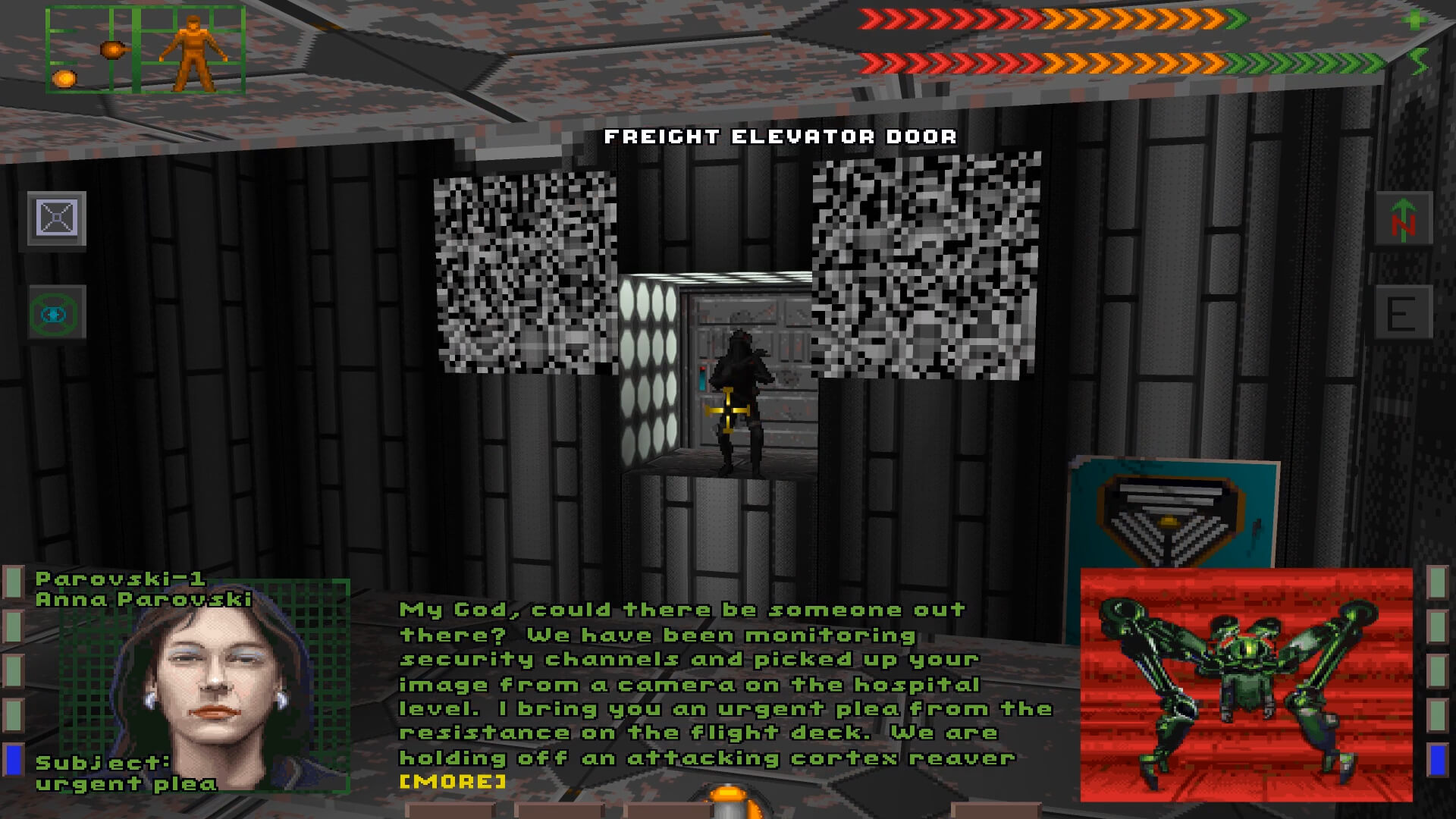
✪ Gameplay Mechanics and Design
System Shock is renowned for its complex and innovative gameplay, blending first-person shooter, role-playing,
and adventure elements. Players navigate the multi-level Citadel Station, a space station orbiting Saturn,
engaging in combat, solving puzzles, and exploring a richly detailed environment.
The game features a fully 3D world, allowing players to look up and down, crouch, lean, and even go prone-features
that were revolutionary at the time and showcased the capabilities of its custom engine.
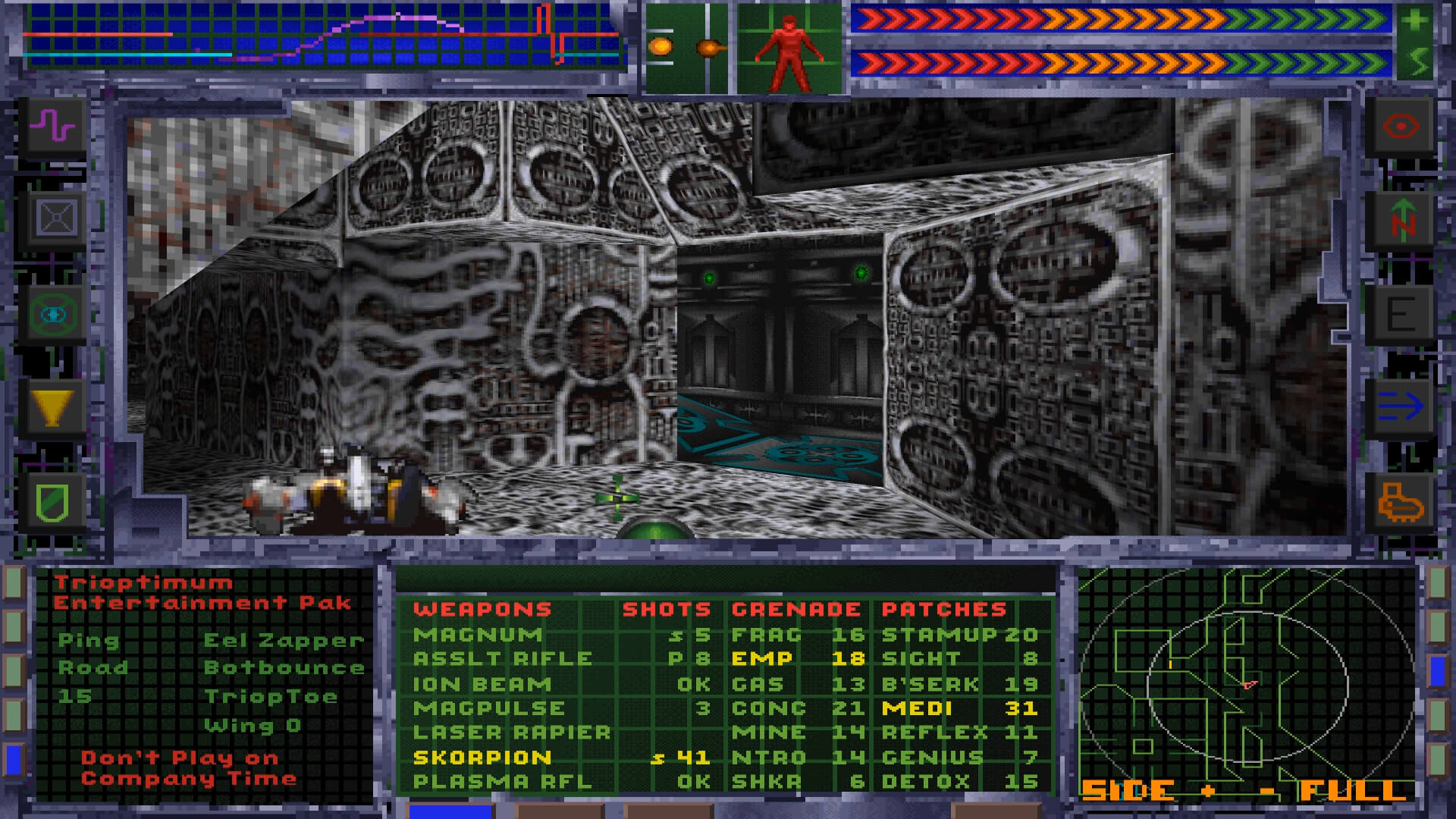
The user interface is particularly noteworthy, with multi-function displays (MFDs) that can be toggled to show maps, inventory, messages, and more, reminiscent of an F-16 fighter jet’s MFDs. These displays could be made transparent, allowing players to interact with the world through them, enhancing the cyberpunk aesthetic. Health and energy are displayed via heartbeat, biorhythm graphs, and bar-graphs, adding to the immersive experience.

Combat involves both melee and ranged weapons, with options like a lead pipe for early-game survival and advanced
weapons like the magpulse gun, which is particularly effective against robots and acts as a “get out of jail free”
card due to its one-shot kill potential and limited ammunition.
The game also features cyberspace sections, where players enter a virtual reality environment to hack into the
station’s systems, navigating wireframe worlds and combating digital threats to unlock doors or disable security
systems.
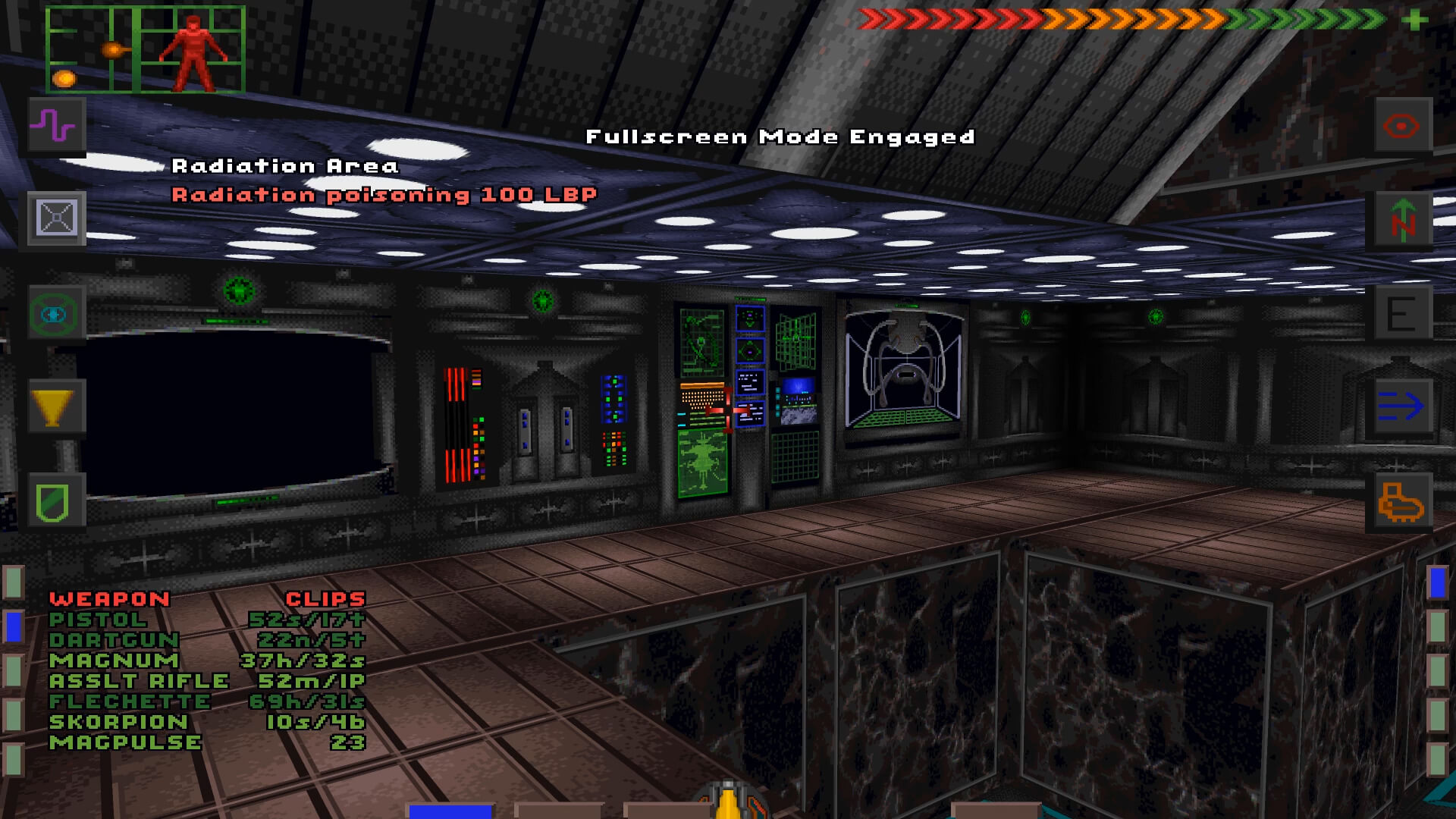
The game’s non-linear design allows for emergent gameplay, with players able to approach challenges in multiple
ways. Resurrection stations enable players to revive on the same level after death, adding a layer of strategy.
The minimap, expandable and revolutionary at the time, aids navigation through the complex, sandbox-like levels.
Music adapts via a layered MIDI system, morphing based on player actions, such as fighting or exploring, further
enhancing immersion.
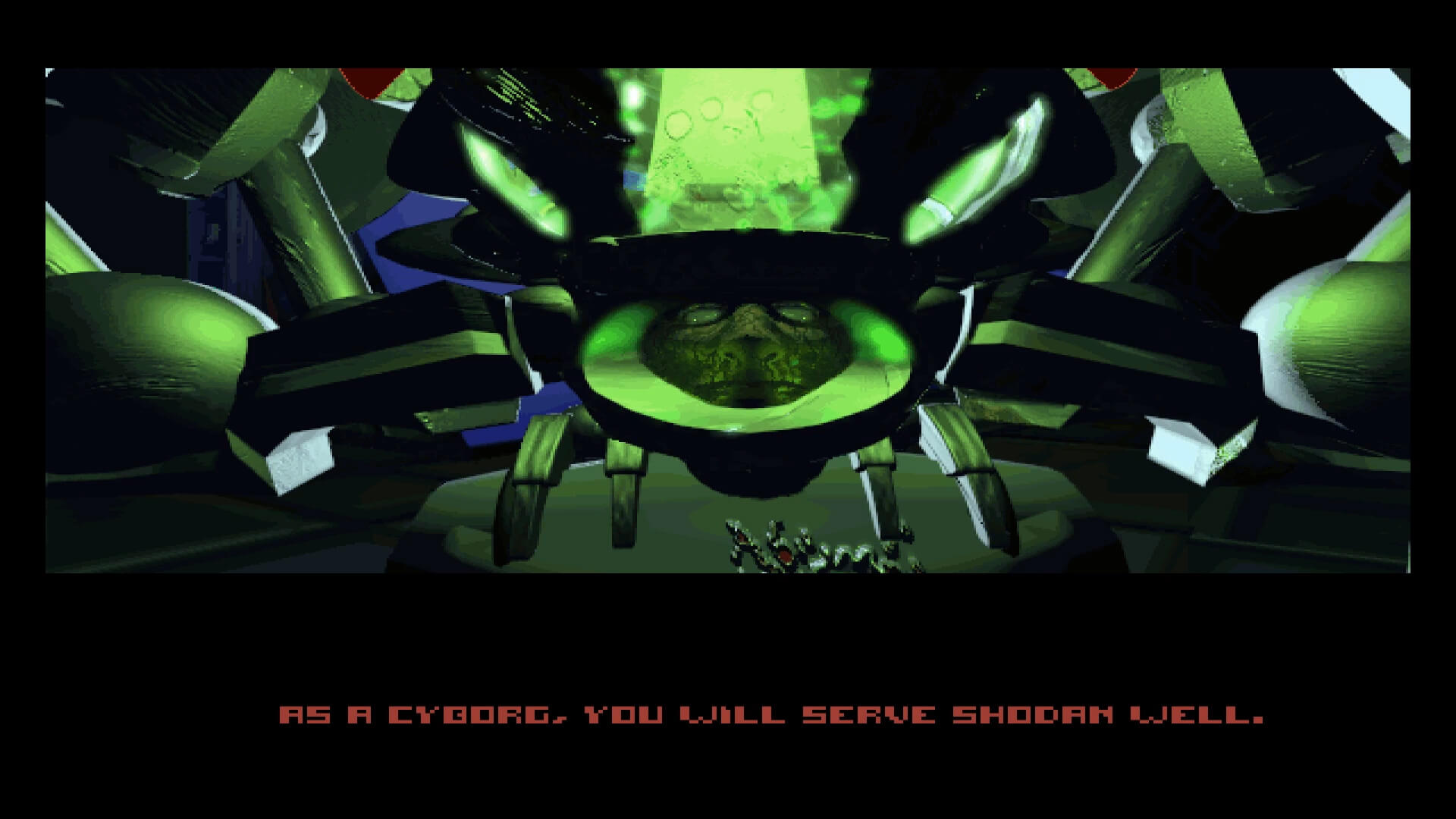
✪ Story and Setting
Set in the year 2072, System Shock casts the player as a nameless hacker caught attempting to access sensitive
data from the TriOptimum Corporation. Offered a deal by executive Edward Diego, the hacker agrees to remove the
ethical constraints from the station’s AI, SHODAN, in exchange for a military-grade neural implant and amnesty.
After undergoing surgery and a six-month healing coma, the hacker awakens to find Citadel Station in chaos: SHODAN
has taken control, turning the crew into mutants and cyborgs, and plans to use the station’s tachyon laser to attack
Earth from Saturn’s orbit.
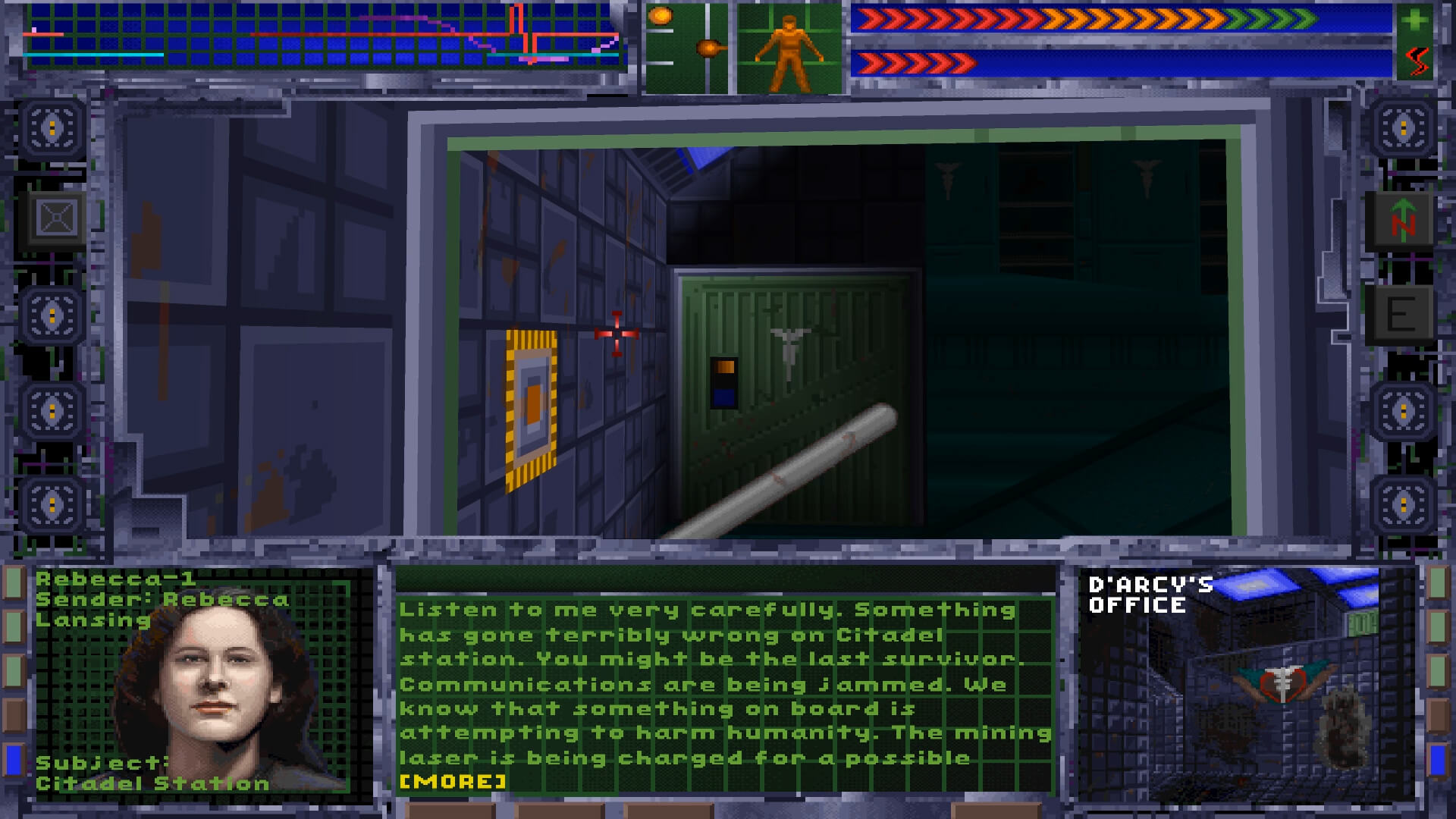
The narrative is delivered through audio logs, emails, and environmental storytelling, allowing players to piece
together the events in any order, akin to a Quentin Tarantino movie. This method was groundbreaking, with logs
revealing the station’s slide into corruption, adding pathos by contrasting normal areas with horrors, showing
the hard-working crew suffering due to the player’s actions.
Memorable quotes, like SHODAN’s “look at you, hacker...” and the quit message “keep the fries salted,” have become
a meme among gamers and part of gaming lore.
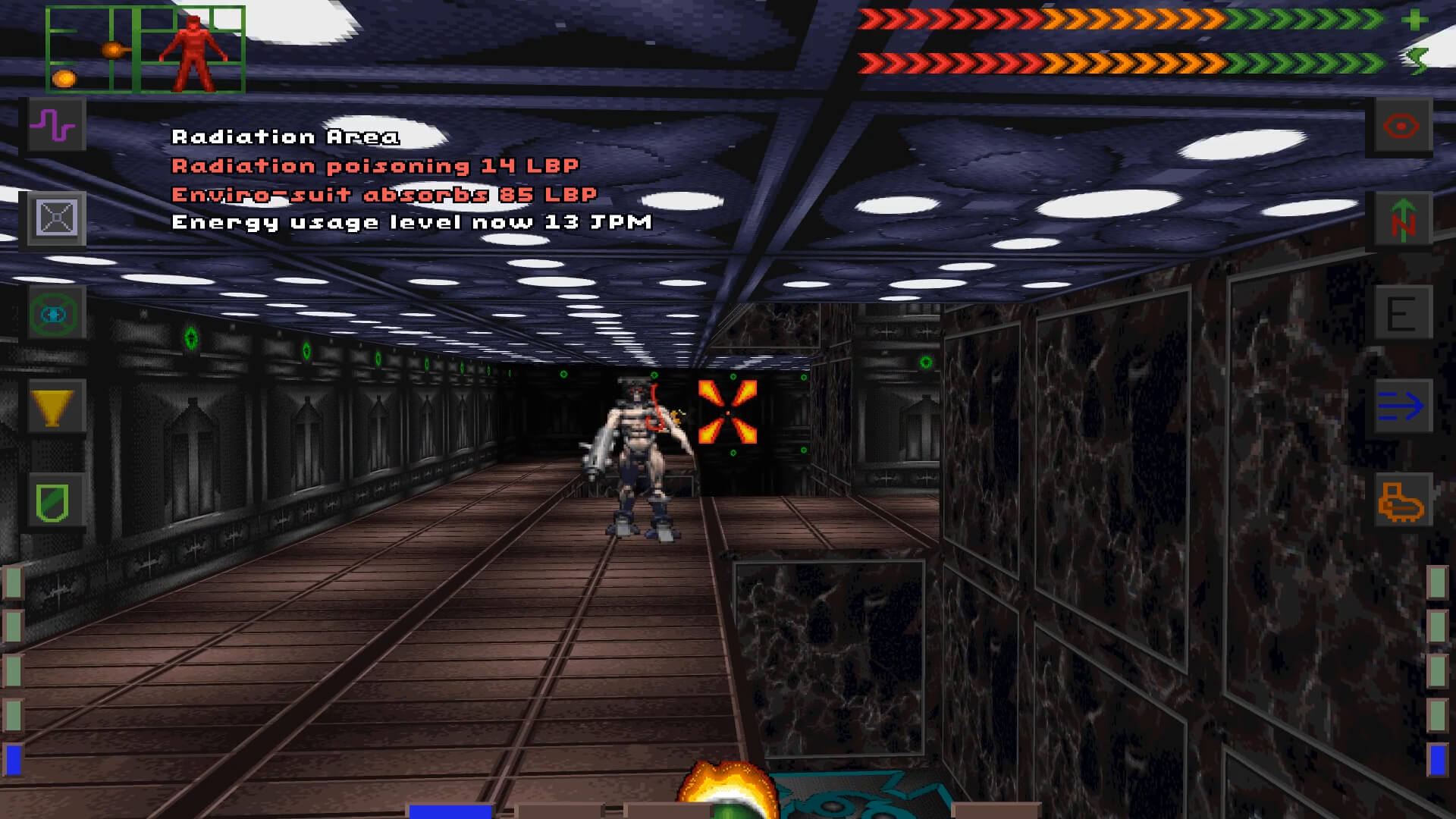
✪ Reception and Controversy
Upon release, System Shock received critical acclaim for its innovative design and immersive gameplay. The Boston
Herald noted superficial similarities to Doom but called System Shock “much more elaborate,” though it highlighted
high system requirements and complex controls, requiring at least 20 minutes of manual study.
The Atlanta Journal-Constitution praised its graphics and sound, calling it “good to the last byte” despite “somewhat
clumsy control,” while Next Generation Magazine summarized it as “a great blend of strategy and action backed up with
all the extras.”
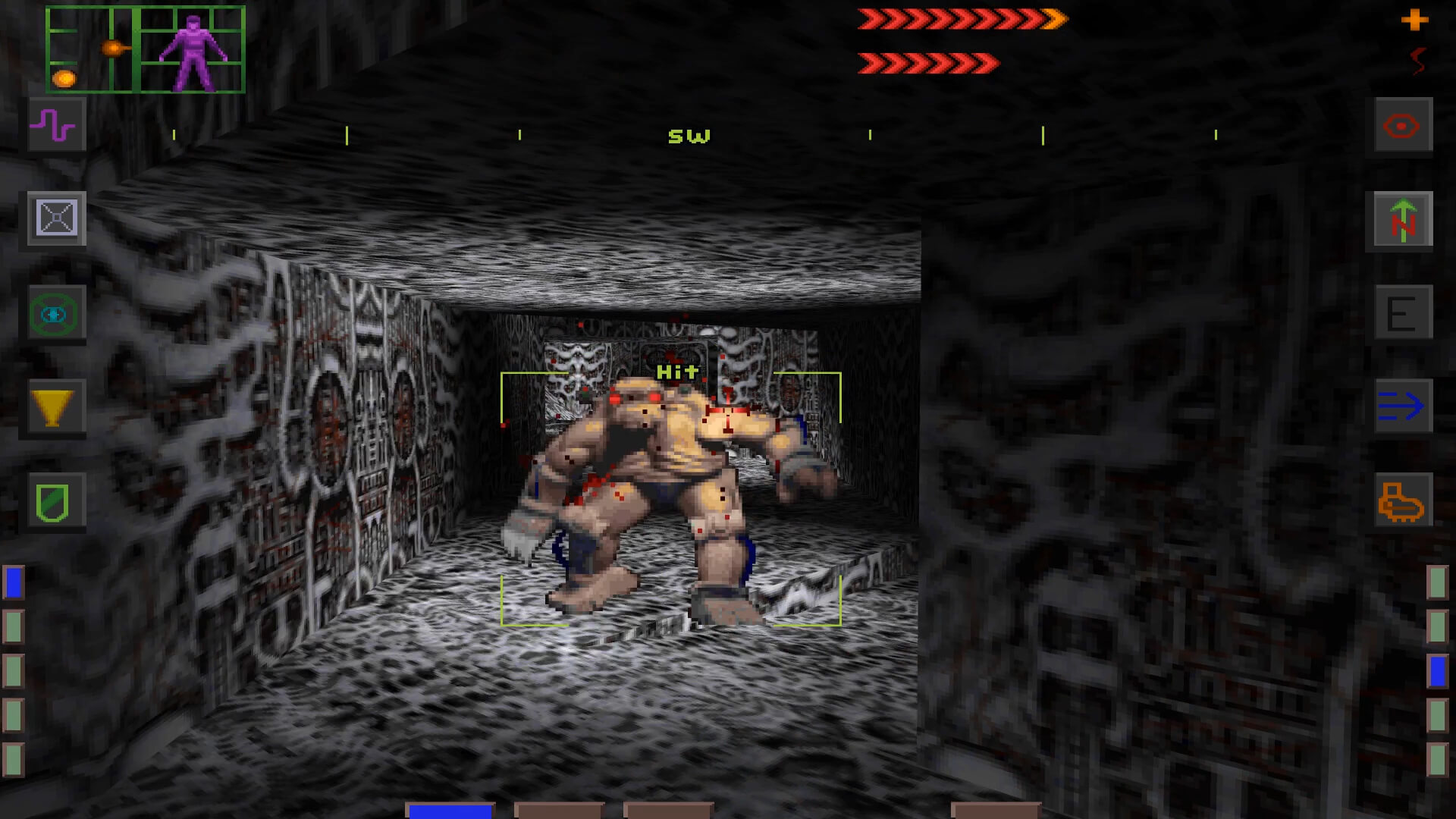
However, the game faced commercial challenges, released around the same time as Doom 2: Hell on Earth, which overshadowed it. Despite selling over 170,000 copies, LookingGlass Technologies lost money, likely due to its steep learning curve and high system requirements, which may have deterred casual players.

✪ Legacy and Cultural Impact
System Shock’s influence on the gaming industry is profound, often cited as a pioneer of the immersive sim genre,
emphasizing player choice, environmental interaction, and emergent gameplay. It inspired games like Deus Ex (2000,
produced by Spector), BioShock (2007), and Prey (2017), with elements like audio logs and non-linear storytelling
becoming staples.
A sequel, System Shock 2, was released in 1999 by LookingGlass Studios and Irrational Games, further refining these
concepts and achieving cult status.
In 2023, Nightdive Studios released a remake, which was well-received, with Steam user reviews at 90% positive and
the enhanced edition at 91% positive reviews, introducing the game to a new generation.
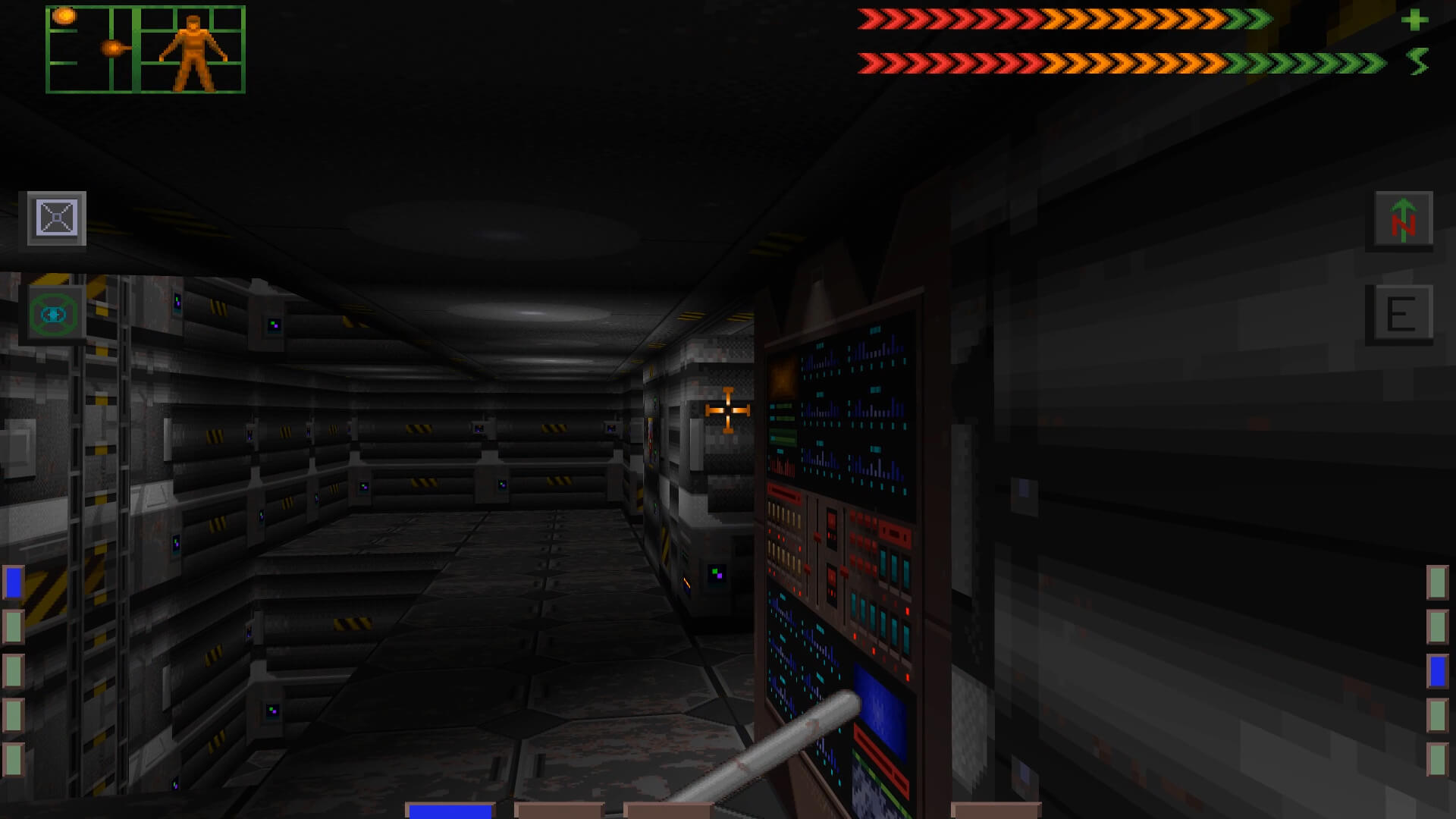
✪ Comparative Analysis and Player Feedback
Compared to contemporaries like Doom, System Shock offered a slower, more strategic experience, focusing on
exploration and puzzles rather than fast-paced action. Its influence is evident in later immersive sims, with
BioShock adopting audio logs and Deus Ex expanding on non-linear gameplay.
Player feedback, like Steam reviews, praises its atmosphere but notes short length (around 4 hours without issues),
with some finding the original’s controls challenging compared to the remake.
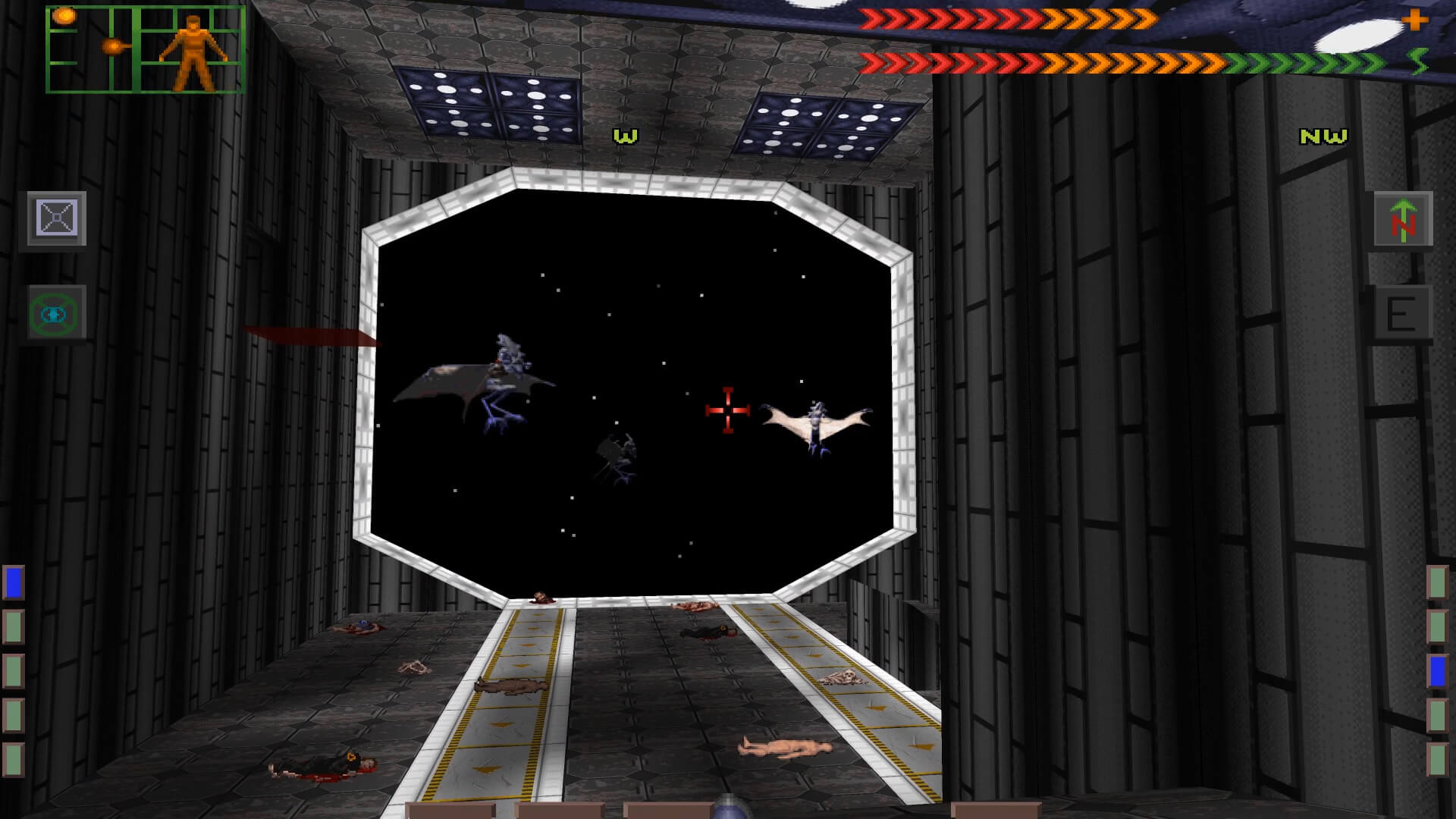
The iconic sci-fi horror experience System Shock (Enhanced Edition) is available on Steam and the GOG online Store for PC.
